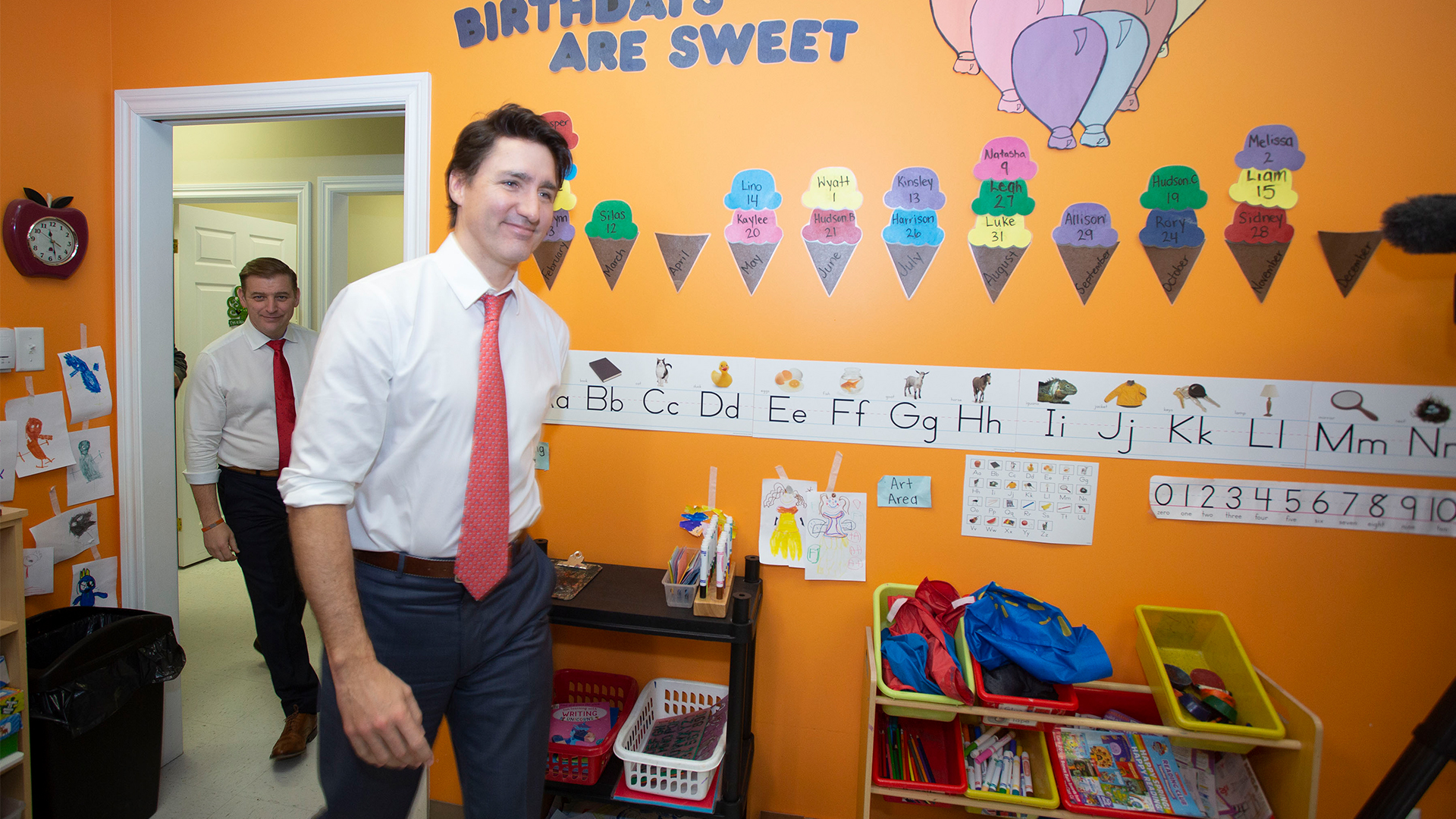
(Version française disponible ici)
When Justin Trudeau came to power in 2015 with a stack of social policy promises, he faced a problem: how to deliver on these promises in areas where the provinces held the constitutional power.
Provinces run the health-care system, manage social housing, deliver training programs and regulate early childhood education. In the recent health-funding standoff, the federal minister could talk about the need “to change the way we deliver health care in Canada” and insist that provinces meet federal conditions, but the Constitution prevented him from imposing a deal.
So how has the Trudeau government dealt with this problem? In our new study published by the Centre of Excellence on the Canadian Federation, we compare his strategy to that used by past governments.
The last 80 years of spending power
The constitutional hurdle is not a new problem. It has vexed every federal government for 80 years. The federal government may have a stronger financial situation than most provinces, but the Constitution forbids it from delivering programs in many social-policy areas. If it wishes to lead, it must work around the Constitution by using its “spending power.”
From the 1950s to the 1970s, the solution was sharing the costs of new provincially delivered social programs, such as health care, training and housing. The federal government paid half of the program costs provided that the provinces met federal conditions. The provinces sent their receipts to Ottawa, where bureaucrats would make sure they qualified. The provinces got money to deliver social policies to their citizens, while the conditions meant Canadians got similar policies regardless of their province.
By the 1970s, this arrangement had started to break down. The provinces wanted more say about the conditions. If these social policies were their constitutional responsibility, shouldn’t they participate in determining the priorities? The provinces made it clear that the relationship needed to change, and that they should be treated as equals to Ottawa.
The federal government, meanwhile, wanted to control spending and not have to keep paying half of program costs. As it cut spending throughout the 1980s and early 1990s, the provinces were left on the hook. Programs like medicare were popular, so the provinces were stuck finding ways to compensate for the federal cuts. They became wary of new federal social policies and demanded that the federal government “backfill” its previous cuts before proposing new measures.
From 1996 to 2006, the governments hammered out a new approach through a series of agreements on child benefits, early childhood services, disability, homelessness and health. The federal government would make smaller, capped contributions for new initiatives. In place of federal conditions, the governments would co-decide priorities, and provinces would report to their citizens on their progress in meeting them. Without conditions, social policies were likely to vary more among provinces. Still, shared priorities and public reporting encouraged them to move in a similar direction.
The Harper government from 2006-2015 saw social policy differently, and so this solution went into hibernation for a decade. That government was more interested in directly affecting individual behaviour, and so tried to shape it through law and corrections (such as initiatives on criminal sentencing provisions) or through tax credits to individuals (such as the children’s physical-activity tax credit).
After years of neglect, we’ve lost a key element of federal-provincial negotiation
To change the trajectory of federal spending, start big and follow the money
It generally steered away from engaging the provinces on social policy, on the grounds of respecting the constitutional division of powers. When Harper did want to drive change in areas where the provinces did have a voice, like with the Canada Job Grant, the priorities came from his government, not from a co-decision-making process.
What do we see when we look at the big social policy agreements that Trudeau has signed with the provinces? The big picture is one of continuity from the late 1990s. The federal government has made capped contributions to the provinces for health, child care, training and housing initiatives in return for provinces spending money in these priority areas and reporting on outcomes.
At the margins, though, things are changing. While there is more engagement with the provinces, priorities are coming from the federal government, not from co-decision-making. While there are no conditions, recent agreements require much more detailed information from the provinces in terms of annual plans and reporting.
Federal cost matching is not tied to specific results in the way it was in the 1950s and 1960s, but provinces must be more transparent and justify their plans, more so than in the 1990s. Indeed, provinces have yet to receive money from the February 2023 health deal, as none of them has yet submitted their “action plan” of targets and timelines. And reporting to the federal government or to third parties (like the Canadian Institute for Health Information) has become more significant than reporting to citizens.
Harper’s legacy, Trudeau’s gain
In short, Trudeau has been very successful in getting provincial agreement for his social policy plans. Twenty years ago, the provinces would have balked at deals that did not treat them as equals. What has changed? Ironically, the Harper government may have prepared the way. His non-engagement of the provinces on social policy made many provinces call for greater federal collaboration in areas like child care and housing. Trudeau’s plans therefore started with greater legitimacy.
At the same time, Trudeau could see from Harper’s Canada Job Grant that the federal government could be more unilateral and forceful with the provinces and still achieve intergovernmental agreement.
The heated exchanges ahead of this winter’s health deal, however, suggest that the new, assertive federal approach is headed for choppier waters. This is to be expected: federal leadership in provincial social policy jurisdiction has been contested for 80 years because it touches the live wire of the constitutional status and responsibility of the provinces.
If the Trudeau government desires further social policy innovation, such as the new Canadian Disability Benefit, it needs to consider at what point its unilateral leadership will turn provinces from collaborators into antagonists.










